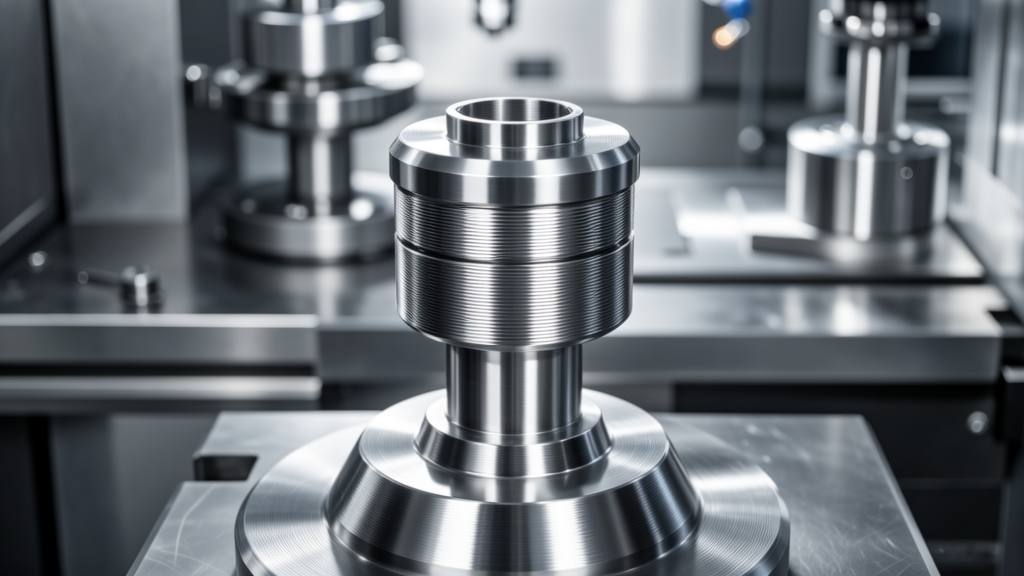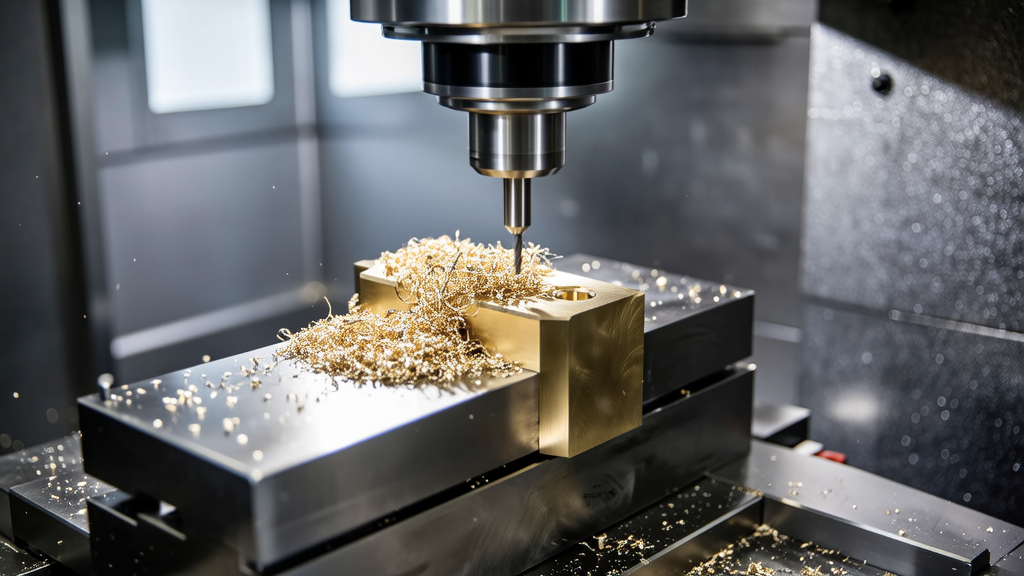When it comes to CNC machining for stainless steel, you might have experienced that frustrating moment where the finished part just doesn’t meet your expectations. It’s a common pain point in the engineering and manufacturing world. Achieving a high-quality surface finish is crucial not only for aesthetics but also for functionality and longevity of the parts. So how do the top firms in this sector ensure such quality?
One of the most essential factors is the use of advanced machining techniques. These companies invest in state-of-the-art CNC machines that have precise controls and can execute complex operations with minimal error. From the type of tooling used to the specific cutting speeds and feeds, every element is optimized for the material. I’ve seen firsthand how a simple adjustment in the tooling can greatly enhance the surface finish. For instance, a friend of mine who owns a machining shop upgraded to high-speed steel tools, which improved his surface quality significantly.
Another key component is the meticulous quality control processes they have in place. Top firms don’t leave anything to chance; they rigorously calibrate their machines and conduct tests at every phase of manufacturing. This often involves post-machining inspections with high-precision measuring tools like CMM (Coordinate Measuring Machine). According to a study by the American Society of Mechanical Engineers, parts that undergo thorough inspections are 30% less likely to require rework, which can save substantial time and costs for manufacturers.
Also, don’t overlook the importance of the finishing processes. Techniques such as polishing, bead blasting, or electroplating can make or break the final surface quality. I’ve had clients who underestimated this step only to find that their parts looked rough and were prone to corrosion. Implementing one or more finishing methods can drastically improve their performance and appeal.
Let’s talk about the nitty-gritty: materials. The stainless steel grade selected can have a profound impact on the eventual surface finish. For instance, opting for 304 stainless steel can yield better results than some lower-grade variations due to its superior workability and corrosion resistance. This is crucial for industries ranging from aerospace to medical devices where superior surface finishes are not just preferable, but necessary.

Here’s a simplified comparison of some common grades of stainless steel and their respective properties:
| Stainless Steel Grade | Corrosion Resistance | Formability | Typical Applications | Surface Finish Achievable |
|---|---|---|---|---|
| 304 | Excellent | Good | Food & Beverage | Mirror Polish |
| 316 | Marine Grade | Good | Medical Devices | High-Gloss |
| 430 | Moderate | Fair | Automotive Trim | Satin Finish |
Incorporating these practices allows leading stainless steel CNC machining firms to produce parts that not only meet client specifications but often exceed them. Trust me when I say, it all boils down to a combination of technology, personnel expertise, and a commitment to quality. If you’re looking for machining partners, these are the key attributes to consider. If you’ve worked with CNC machining firms, I’d love to hear your thoughts on their processes—let’s discuss!
What machining techniques do top firms use for quality?
Leading stainless steel CNC machining firms often use advanced techniques like high-speed machining and multi-axis milling. These technologies allow for more precise cuts and better control over the machining process.
By optimizing settings such as cutting speed and feed rates, they can achieve superior surface finishes that meet stringent industry standards.

How important is material selection in surface quality?
Material selection plays a crucial role in achieving high surface quality. For instance, using higher grades like 316 stainless steel can significantly enhance corrosion resistance and finishing quality compared to lower grades.
This choice can lead to differences in achieveable finishes, making it vital for firms to pick the right material for each specific application.
What are common finishing processes used in CNC machining?
Common finishing processes include polishing, bead blasting, and passivation. These methods add extra steps after machining to enhance surface quality and appearance.
For example, a simple polishing process can elevate a part’s finish from a rough cut to a mirror-like surface, which is often required in high-end applications.
How is quality control maintained during the machining process?
Top firms implement rigorous quality control measures at every stage of production. This includes regular machine calibrations and the use of coordinate measuring machines for inspections.
By addressing potential issues before the final product is completed, firms can significantly reduce the likelihood of defects and improve overall quality.
How do economic factors influence surface finish quality?
Economic factors, including cost of materials and labor, can impact the level of surface finish quality that firms can achieve. Investing in high-quality materials and skilled labor may raise upfront costs but often leads to better long-term performance.
Firms need to balance these economic aspects with their quality expectations to remain competitive in the market.








